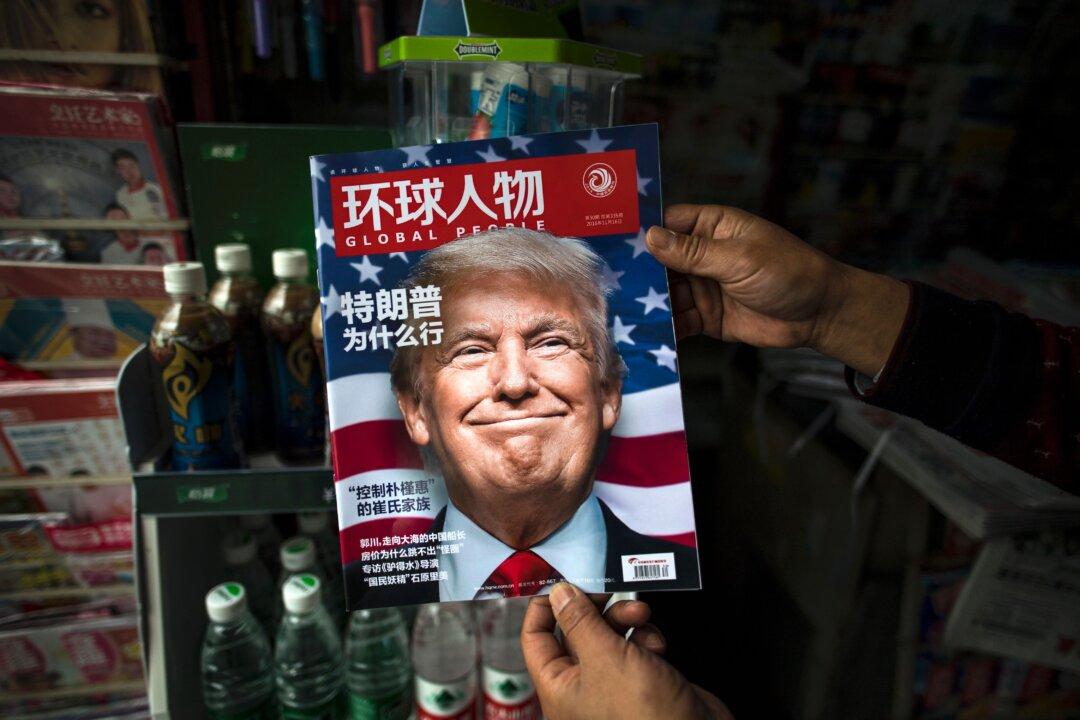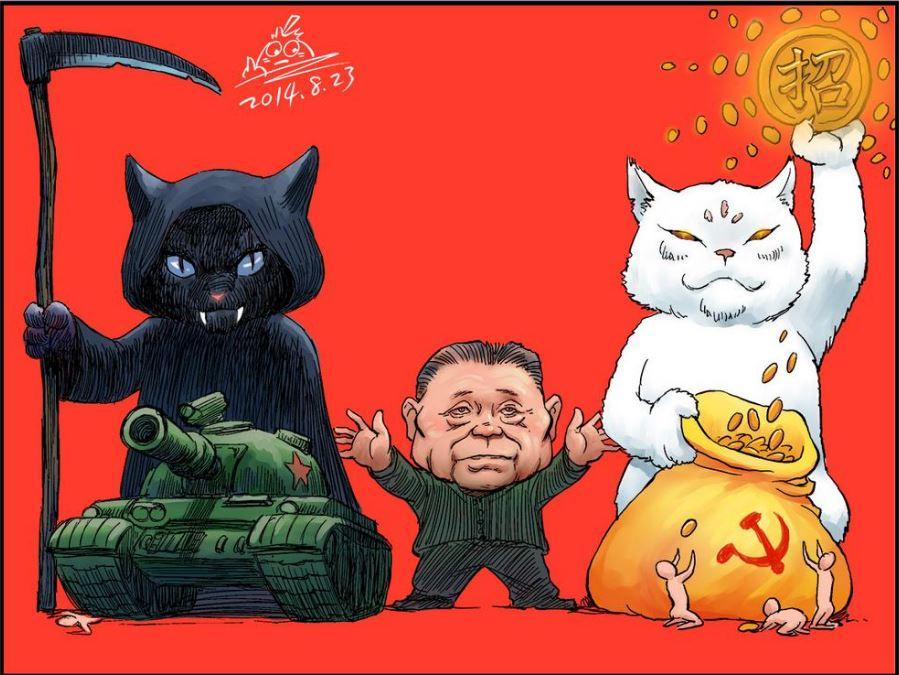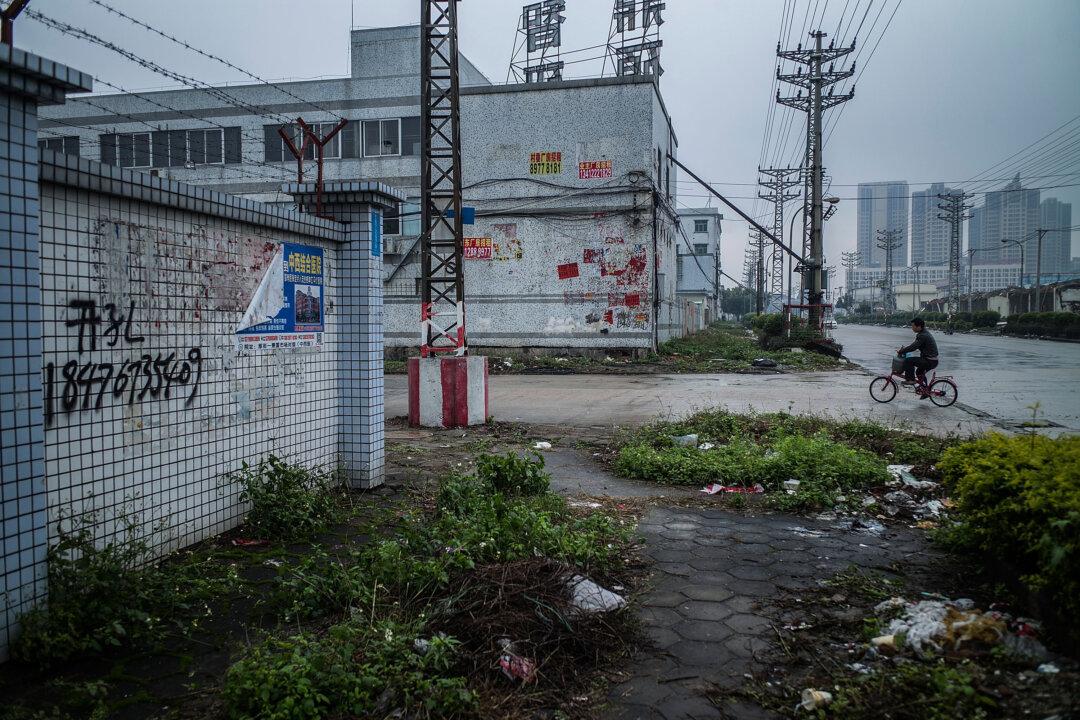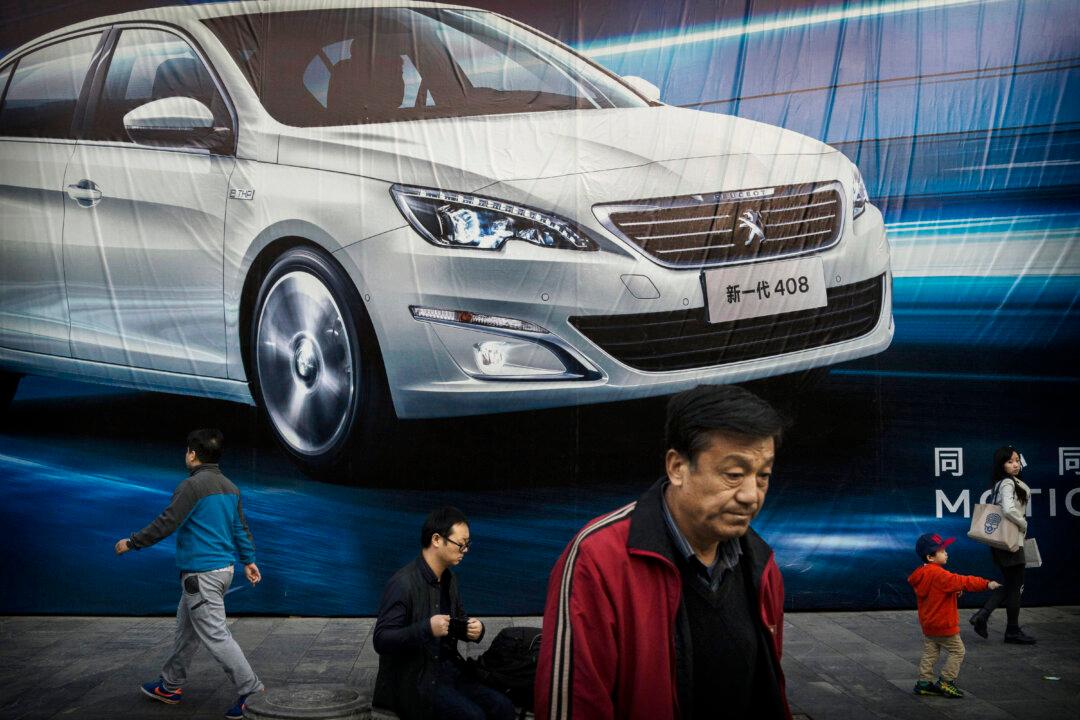The domestic consumption of China’s 1.3 billion people is less than that of the 300 million people in the United States. China has one billion more people than the United States, with a per capita income of a middle-income country. So, why is there such a low of domestic consumption in China? What is going on with Chinese people’s spending power?
Let me shed some light on the issue by drawing up two scenarios.
Suppose a gold mine is discovered in Xinjiang. Someone invests in the mine, and the mine owner hires 100 miners to mine the gold. His annual gross profits are 10 million yuan ($1,543,000), and he pays workers 50 percent of his gross income in wages. So each worker receives an annual income of 50,000 yuan ($7,715). A worker spends 10,000 ($1,543) yuan on rent, which leaves him $6172 for getting married and raising a family. The mine owner still has 5 million yuan ($771,501) left for other expenses and investments. With workers having money to spend and a need to settle down, there is a demand for housing. Thus, the mine owner invests in building houses to sell or rent to the workers. Workers also need food. So the mine owner invests in restaurants and earns the workers’s money back. The restaurants also need more employees, so the workers’s wives now have jobs and an income as well. As the population and employment opportunities increase, local consumption rises. Under such circumstances, there are 100 families in this place a few years later. School-aged children have a need for education, which attracts more people to build schools. In addition, cafes, karaoke bars, cinemas, and shops are being built for workers to spend their money. After 50 years, this place has developed into a prosperous city of about 100,000 people. At this time, the mine is about depleted.




